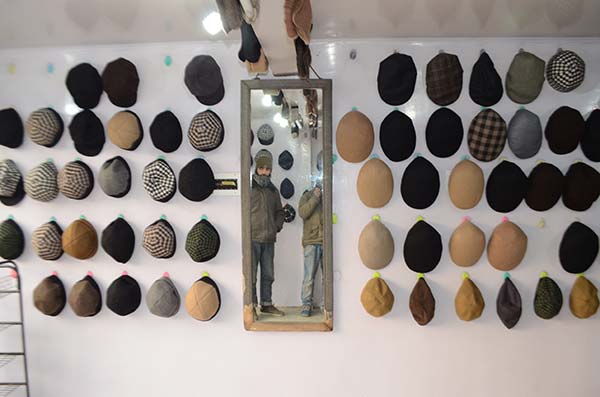Indian tactics under fire as Kashmir toll passes 100
By Izhar Wani
SRINAGAR, Sept 19, 2010 (AFP) – Indian security forces say they have exercised “maximum” restraint during months of violent protests in Kashmir but the lethal methods they employ have left more than 100 unarmed civilians dead.
The rising death toll has enraged the local Muslim-majority population, triggering further furious protests from residents who pelt police and paramilitary troops with stones. Prime Minister Manmohan Singh, speaking to police chiefs last month, made rare remarks directly questioning the tactics used by security forces on duty in Kashmir.
“We need to revisit standard operating procedures and crowd control measures to deal with public agitations with non-lethal, yet effective and more focused measures,” he said in reference to the disputed region of Kashmir.
He called for the home ministry to study how police in other countries successfully control large, angry protests without loss of life and said recommendations should be drawn up on how to change procedures. Most of the civilians killed in Kashmir during a summer of separatist unrest have died in live fire from police and paramilitary troops, while others have been hit by tear-gas shells or rubber bullets.
“The protests have at times been violent, but the security forces need to respond as professional law enforcers,” Human Rights Watch south Asia director Meenakshi Ganguly said Friday.
“When the security forces unnecessarily use lethal force, especially against teenagers and even children, they make a bad situation far worse.”
Most of the casualties since a fresh wave of anti-India demonstrations erupted in June have been young men and teenagers. “We are exercising maximum restraint,” said PrabhakarTripathi, spokesman for the Central Reserve Police Force (CRPF) paramilitary troops who are deployed alongside the police.
“We have introduced a number of non-lethal weapons to stem violent protests and minimise casualties,” he told AFP.
But “non-lethal” weapons such as pellet from shotguns can be deadly, say doctors. “We have had deaths due to pellets, rubber bullets and tear-gas shells,” said Basharat Ahmed, a senior doctor at Kashmir’s main hospital.
Pellets, for instance, cause “multi-perforations” of the skin and deep internal wounds, he said. The death on June 11 which ignited the protests was that of a 17-year-old student hit by a tear-gas shell during a clash with police in Kashmir’s summer capital of Srinagar.
The unrest has left the Indian government grappling for solutions in the region, where it has kept hundreds of thousands of security personnel to fight an insurgency it says is backed by Pakistan.
Kashmir is divided between Pakistan and India, and has triggered two of the rival nations’ three wars since the partition of the subcontinent in 1947. “We must ask ourselves why there is so much anger on the streets (of Kashmir)? Why is there so much pain?” Sonia Gandhi, head of the national ruling Congress party, said after Wednesday’s all-party meeting on Kashmir in New Delhi.
While militant violence in Kashmir has fallen to a 20-year low, the alienation of ordinary Kashmiris has been stoked by India’s heavy military presence.
Rights activist Khurram Pervez told AFP he blamed the “militaristic mindset of the Indian government which, instead of addressing the people’s demands politically, believes in using military might against the uprising.”
Rights groups say one move to reduce public anger in Kashmir would be to repeal the widely despised Armed Forces Special Powers Act, which grants sweeping powers to open fire, detain suspects and confiscate property.
Kashmir chief minister Omar Abdullah has urged the government to withdraw the act, but has met with strong resistance. The security forces deny allegations that they use excessive force, and point to the cost they are paying as they face down rioting mobs.
While only one policeman has died, “over 1,400 of our men have been injured during the past three months,” Tripathi said. “The deaths (of protesters) mostly occur when the crowds try to run over our camps, attempt to snatch arms, and attack our personnel from close range.”
















